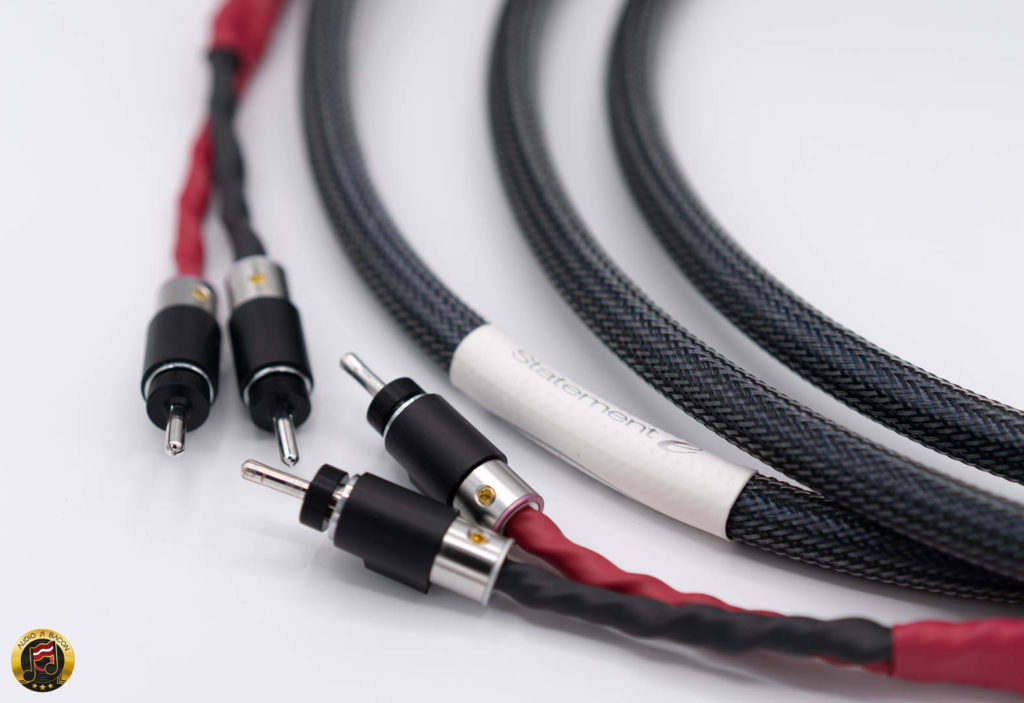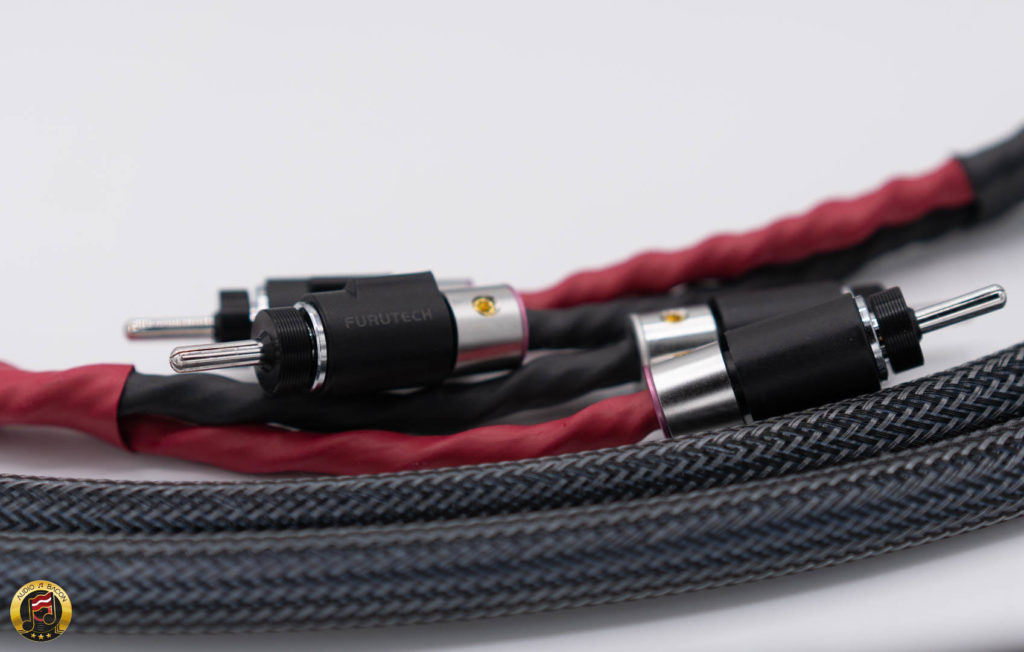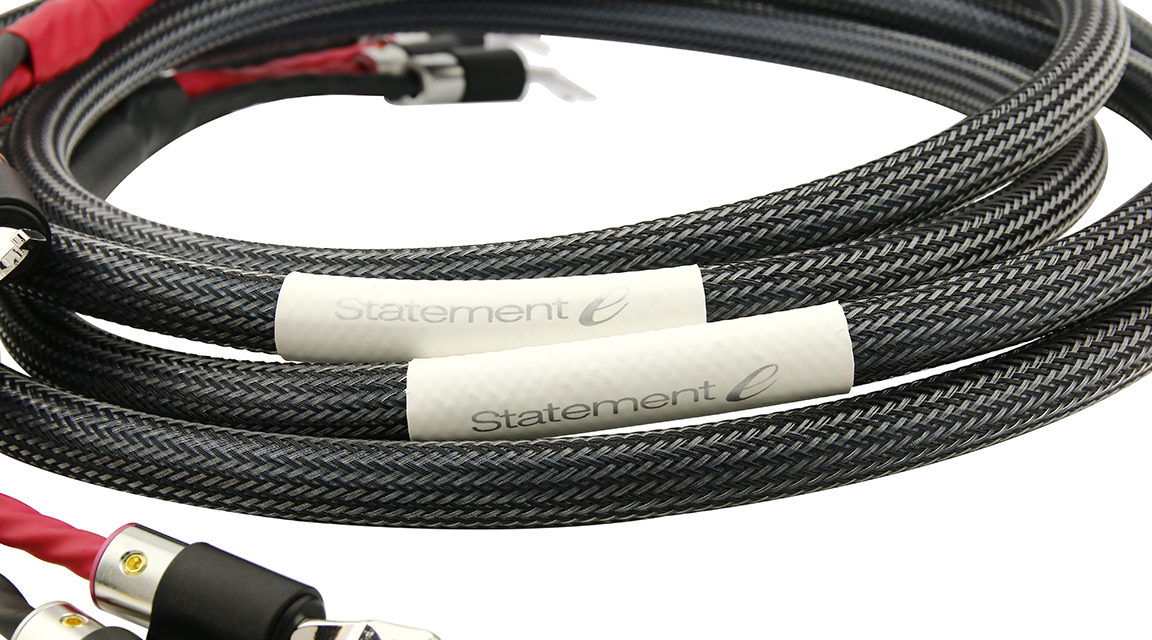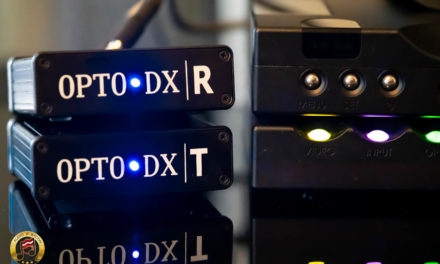Intro
Contents
Real, hardcore audiophiles pay attention to all sounds in the natural world. As I’m writing this, and for the last five hours, I’ve been listening to helicopters, explosives, protestors, and police sirens. And also an ice cream truck. #LARiots2020
As a result, the next time Snoop Dogg puts out an album, I could evaluate audio gear to make sure the timbre is proper, the lows and highs are well extended, and that sound is “accurate.” Most audiophiles can’t tell the difference between firecrackers and gunshots. But not Audio Bacon. Heck, I could probably tell you which gun was used.

Speaker Cables!
I’ve written plenty about speaker cables. And I’ve probably heard hundreds at this point. Sometimes the difference is dramatic – other times more subtle. But it might be the determining factor as to whether or not you enjoy your system or not.
Most enthusiasts (and reviewers) tend to just ignore the speaker cable completely. I, personally, wouldn’t underestimate its impact. As far as design, the geometry, length, metallurgy, dielectric, gauge – all of that matters.
And remember, even if a speaker cable measures the same, they could still sound different. I believe LCR values may certainly have some correlation to the sound. But you still have to listen. So yeah, sorry you’ve been lied to.

Who is Audio Art Cable?
Audio Art Cable was formed, and opened its doors via the World Wide Web on March 2005.
In over 40 years as a high-end audio hobbyist, I enjoyed strategically assembling cost-effective Hi-Fi systems that offer overachieving performance. Having many years in the electronics industry, from selling audio gear in a Big Box Store to working on exclusive, high-level projects and custom installs, I knew that maximizing audio system performance could be attainable and affordable.
Regarding DH Labs as a personal favorite in the industry for performance & price, I consulted Darren Hovsepian on cable philosophy and potential architectural choices and then contracted DH Labs to help design my products. On the supply side, we contracted with extrusion factories that produce cable products for many high-performance audio companies.
These factories are committed to offering the very best available products. This has allowed us to easily design top-tier, exclusive cable products with performance characteristics tailored to meet the preferences of most high-end audio enthusiasts. Because the factories were agreeable to bulk custom orders at great prices, it also gave us some latitude in our designs. With all of this, we are able to keep our quality at the highest levels, and our retail pricing where it needs to be to deliver on our mission.
In early stages, one of our beta-testers, a former manufacturer rep for a well known high-end cable line and a life-long audiophile, positively compared our $120/m IC-3 interconnect to their favorite $650/m interconnect! And when one of my first paying customers happily and permanently replaced an $800 interconnect for an IC-3 pair, I knew we were on the right track.
– Rob Fritz

Design
Our flagship speaker cable features a hybrid 11 gauge array of pure copper and silver-plated copper “7 Nines” pure OHNO Single Crystal Continuous Cast Copper. “e Series” enhancements of deep cryogenic treatment, and solderless nano-liquid infused terminations, with high performance, pure copper low mass spades or locking bananas and Techflex sleeving. Single wire construction. Handcrafted one pair at a time in San Diego, California, USA.
When we designed the Statement e SC, all of our existing interconnect and speaker cable models were based on silver-plated OFC, multi-stranded designs. It made sense from a continuity standpoint for the brand to offer something similar in an OCC cable. All of the early feedback we received from early beta testers and what we found to be true in our own listening tests proved that this would be a well-received design. Plus, the successful foundation we had built with the rest of our speaker cable line-up helped to finalize the decision.

Setup
System
- LSA-10 Statement Loudspeakers
- JL Audio Fathom F110 V2 subwoofer
- Innuos ZENith Mk.2 SE music server
- Chord Electronics Hugo TT 2, DAVE, M Scaler
- Iconoclast XLR cables
- Final Touch Audio Callisto USB cable
- SOtM sNH-10G ethernet switch
- SOtM tX-USBultra
- Paul Hynes SR7
- Krisdonia battery packs
- Snake River Audio Signature Cottonmouth power cords
- ZenWave PCR-14 power cord
- Emerald Physics 100.2 SE stereo amplifier
Speaker Cable Direction
The correct direction for this cable is to have the label with the logo closer to the amplifier. However, if you were to swap the direction, you’ll get an inverse of what I’ll be describing in this review. If you don’t believe the direction of speaker cable matters, just take a listen to this cable. As far as directionality goes, it is probably the most profound difference I’ve heard from a speaker cable.
Here’s a quick description of how it sounds in the other direction (label at speaker):
- More open and vivid.
- Not as smooth but it has a blacker background.
- More transparent but a bit brighter.
- Cooler and more neutral sound.
So, in a way, you’re getting two speaker cables in one? Kinda? (shrug)
Amplifier Power Cord
So something I’ve discovered over the years is that the power cable used for your amplifier could “override” the speaker cable sound. The amplifier is actually more important than some think.
For example, I compared having the ZenWave Audio PCR-14 power cord and Snake River Audio Cottonmouth Signature on my Emerald Physics 100.2SE. The Audio Art Cable Statement sounds very different depending on the power cord.
With the Snake River Audio, the sound is much warmer and denser while with the ZenWave it was cooler but more transparent. The system mostly took the character of the power cord (I’ve compared it with a few). Now, when I attach the ZenWave’s SCR-14 speaker cables…the sound is relatively “lighter” and more vivid. The AAC Statement is still warmer – but not nearly as much. But overall, a lot of the sound is “managed” by the amplifier’s power cord. So if you’re looking to adjust tone, I would first try a few power cords on your amplifier. Obviously, YMMV.










I love your little dig at Audioholics. Don’t forget that they use pretty hefty and expensive Kimber Kables themselves. Frankly, in this day and age, I can’t comprehend why people don’t just try things out for themselves and come to a conclusion, rather than lazily spewing decades old “wisdom”.
Yeah, I’ve concluded it’s just a matter of personality. Some people have a more fixed mindset (them), while others have a growth mindset (us).
Jay, I’m using Neotech 8-guage pure UPOCC speaker cable. I’m pretty satisfied — it seems to be good in terms of warmth, weight, and detail as well. (I forget the model number — maybe 3001 — whichever one is their top copper speaker cable.) But I’m always curious about a comparison. Any chance you could get some of the Neotech and compare it with Audio Art? And also, how much difference do you think 8-guage would make relative to 11 or 12-guage? Thanks, Mad Bill
I have had AA Cable in my system for about 8 years. I began with their reference AC cord which I had cryo’d on my own since they were not providing that service then. I still use it on my turntable motor controller. It’s a great match providing punch and dynamics. I recently tried their reference IC from my TT preamp to my Line stage preamp. Of course their current generation has all the bells and whistles with cryogenic treatment, very pure copper, and excellent connectors. I still have a pair of their original ICs which I never used with regularity because they weren’t as good as the ICs I used at the time. I decided to try their latest ICs and low and behold they beat some fairly costly ICs I use now. I bought that pair. They aren’t way way better than what they are replacing but they are special in terms of warmth, wider sound stage, and quiet. I bought the pair. Now I am waiting for their speaker cables. I’ll report back after I assess those.